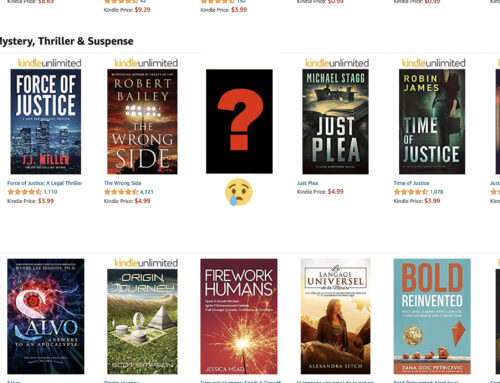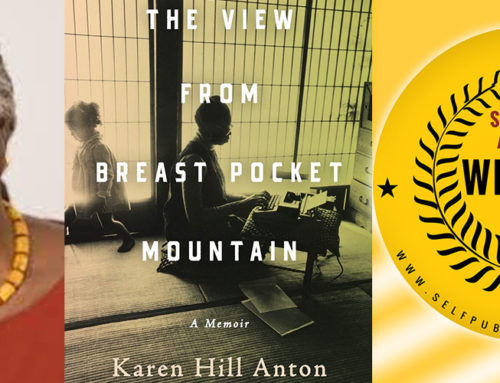 How do you lose words from your book without destroying the story? Why is word count so important?
How do you lose words from your book without destroying the story? Why is word count so important?
The length of your manuscript is a major factor in your journey to publication. Word count affects printing costs (and therefore profit) and reader feedback, story construction (even in a non-fiction book’s case) and sales. Publishers may ask for a shorter manuscript, so you might have to buckle down to this reality.
Accepted lengths of a book
Adult Fiction: 70,000 – 100,000 words (including Fantasy, yes!)
YA Fiction – 60,000 – 85,000 words
Non-Fiction: 50,000 – 75,000 words (less if with images)
There are exceptions (The Great Gatsby, Harry Potter) It used to be easier to sell bigger books, but lately, that’s off the table.
Mary Kole at Kid Lit says, “…first-time fantasy, paranormal or sci-fi authors are the worst offenders. They craft a redundant manuscript full of lavish description that moves at a snail’s pace. Then they send it to me and proudly say that there are 155k words and that it’s the first in a trilogy.”
What To Lose
Many first drafts come in wildly longer, and self-publishers often push on. But if your story has reached 130,000 or more, your book is not ready to publish at all.
1. Run-on sentences
A run-on sentence is a sentence that says the same thing as the previous one. An example would be, “The woman smiled. She looked happy.” or, “The dog died on Wednesday. He’s dead.” By simply removing the second sentence (we can tell the woman looked happy by the smile, the dog is dead if he died on Wednesday) you can quickly lose several thousand words in one day, in this case, -3 words and -2 words.
2. Small words
Sentences suffer from overloading in the writer’s hand.
If you have written, “She ran through the trees very fast indeed, but then she stopped and saw a bird, quite pretty and so bright.”
“She ran through trees fast. She stopped and saw a bird, pretty and bright.” (-8 words) may not be exactly how you’d do it, but when you want to remove words, you’ve got to be pragmatic.
3. Dialogue/said
Stick to the rule of having no more than 3 lines of dialogue per exchange. The rest you can remove, or work into your description. Remember, show not tell. We don’t need she said/he said/they said after establishing the characters in conversation either. For example:
Marge went to leave the house. “I’m ready to go,” she said, rattling her keys.
“When will you be back?” said David, kissing her.
“Around five, but please remember I have a meeting at 10.” said Marge.
can become:
Marge went to leave the house. “I’m ready to go.” She rattled her keys.
“When will you be back?” David kissed her.
“Around five, but please remember I have a meeting at 10.” (-4 words)
Do this to every bit of dialogue in your book, and you will lose an immense word count.
4. Passive to Active Voice
The subject of a sentence is the person or thing in that sentence, so passive voice is when something happens to the subject:
The man was bitten by the dog (passive)
The bread got burned in the oven (passive)
changes to active voice (the subject is affected by the something):
The dog bit the man (active, -2 words)
The bread burned in the oven (active, -1 word)
By losing the passive voice, you lose many words, and sentences suddenly pop.
5. Losing And, That Was /Is
Probably the easiest way of cutting words, you definitely have too many ands and thats in your book. By using : instead of “that was/is” you can also cut your words down. Another tip is to use -‘ing’ words (denoting verbal action) to describe an action, or “with” instead of “and had/has”. Changing word order to put the adjectives before nouns also helps.
We walked down the street and came to a big shop that was bright and gaudy and had many shelves of toys.
We played tennis on a court that was big and wide and had a drinks table that was at one end.
can become
We walked down the street and came to a big shop, bright and gaudy with many shelves of toys.
or
We walked down the street, coming to a big shop: bright, gaudy, with many shelves of toys. (-2)
We played tennis on a big, wide court with a drinks table at one end. (-4)
6. Muscle Movement, Staircasing
Are you adding in every smile, breath or tic of each character’s moves? Are you having them walk up and down staircases or going through the door to the next scene when really, the reader can assume they did? We can assume our characters breath, blink, and smile. For example,
Harry was late for work. He ran down the stairs and out the door with only a piece of toast in his mouth for breakfast.
Harry was late for work. He ran out the door with only a piece of toast in his mouth for breakfast. (-4 words)
or
“I don’t know if I want to come,” said Mary, her lip curling as she took a breath. Her eyes blinked.
“I don’t know if I want to come,” Mary’s lip curled. (-10 words)
or
Barbara walked to the next room. She went through the door to her desk.
Barbara walked to her desk in the next room. (-5 words)
7. The Purple
Any overzealous descriptions or poetic prose that goes too far. Lose anything that sounds ridiculous when read out loud by a friend:
Avila was so very beautiful that she could stop armies with her long eyelashes and creamy long legs and glowing green eyes. She wore an embroidered coat made of velvets and lace, with pink roses on the sleeves, and a blue-green dress with a long black trim.
(Always green eyes, for some reason). While this also borders on sexism, it’s unnecessary detail we don’t need.
Avila was tall, with long eyelashes over green eyes. She wore an embroidered coat with roses on the sleeves. (-28 words)
This is enough detail, and gives the reader room to breathe. And your story!
Other Ways To Lose Words
Ten Words a Page
Another great way of losing words is to vow to remove ten words a page. Starting at the back of your book, find ten words you can live without. If you have a word count of 150,000 words, that’s 6000 words at least, gone in an instant.
One Sentence a Page
The average sentence is about 15 words, so if you lose 300 sentences, i.e. one a page, you have lost 4500 words!
One Paragraph a Page
Hard times, desperate measures. You might not want to commit a whole paragraph instantly, so I advise you highlight in Word any paragraphs you could live without or could work into another paragraph. You’ll astound yourself at how much you can get rid of without a care, as often we write in notes for ourselves subconsciously, such as putting in description or plot points that later you’ve revealed more succinctly, and we’ve forgotten about what we wrote earlier.
If you learn to write professionally to a certain framework, your writing will be better for it, and hopefully, your books will have better reviews, and sell more!
Get an Editorial Review | Get Amazon Sales & Reviews | Get Edited | Get Beta Readers | Enter the SPR Book Awards | Other Marketing Services






















I tend to “write long”, which leaves me with up to 8k words per manuscript to eliminate, and I always start with the “staircasing”. One of the other easy ways I’ve found is to use contractions: for do not, use don’t; for was not, wasn’t; for there is/was, there’s, etc. It makes my writing a bit less formal and more accessible, and makes dialogue seem more natural. And it usually accounts for about 20% of my reduction efforts.
BTW: to my grammar nerd brain, the definition of a run-on sentence seemed to miss the mark, so I checked with Purdue Online Writing Lab (OWL). It defines a run-on sentence as a compound sentence that’s not punctuated correctly, specifically: two independent clauses that are joined together with no connecting word or punctuation to separate the clauses. Their example: “I didn’t know which job I wanted I was too confused to decide.” I believe what’s described here as a run-on sentence is a redundancy.
Hi Gifford, yes, it is a redundancy for sure, but I suppose I’ve grown to see a redundancy as a broader term to mean any sort of redundancy, such as tautology (oops, I did not include that one!), and including run-ons. Maybe it’s because I’m English, maybe it’s because I forgot the true definition over years of writing. In any case, I’ll bow to that catch, sir!